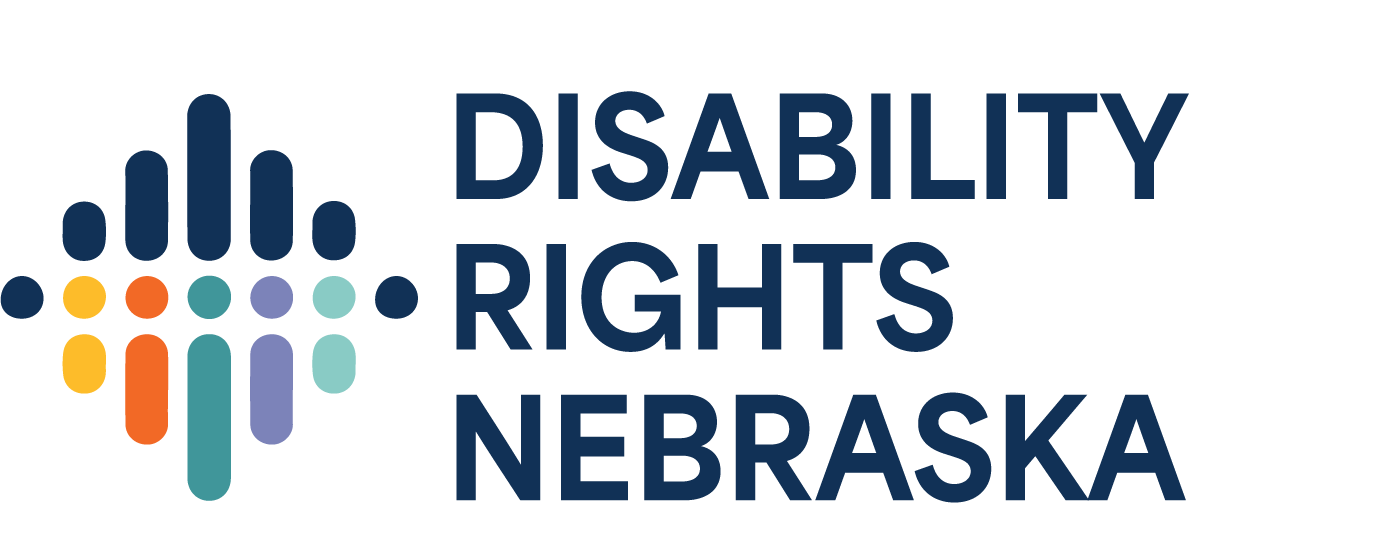
A start of a new school year is right around the corner. For some families this may come with knowing exactly when they will drop their child off for school and when they will pick them up. For families of children with disabilities, this may mean waiting for another call from the school saying their child cannot finish the day in the classroom. The school may request that the parent come and pick up their child part way through the school day or keep them home for multiple days without the child being officially suspended. The reason for the removals can be as small as a child not staying on task. When these removals become frequent, a child misses out on important education, socialization, and routine. However, it’s important to know that students do have protection from this type of school discipline.
In July of 2022 the Office of Special Education Programs released new guidance addressing situations like these known as informal removals. It includes documents covering both students protected under Section 504 of the Rehabilitation Act and students protected under the Individuals with Disabilities Education Act. According to the U.S. Department of Education, an informal removal occurs when school staff exclude a child for all or part of the school day because of a child’s behavior.
Under federal law, students with disabilities are protected from consistent removals from school if those removals constitute a change in placement. If a child is removed from school for more than 10 consecutive days, a change of placement has occurred and the child is entitled to what’s called a manifestation determination review. The new guidance also makes clear that the child may also be entitled to this review if they have been removed from school for a total of 10 school days in a year, even when those days are not consecutive, if each time they are removed because of similar behaviors. This may be the case when a child faces a series of informal removals.
During the manifestation determination review, a team including the child’s parents or guardians look at whether the child was removed due to behaviors that are directly related to the child’s disability or whether the removals occurred because the school did not properly use the child’s individualized education program (IEP). If the team determines that either of these are true then a couple of things must happen. First, if the child is still out of school, they must be returned to their previous placement. Second, the school must address the causes of the removals. If the removals occurred because of a disability-related behavior, then the school must conduct a functional behavior assessment and create or revisit a behavior intervention plan. If the removal was due to a failure to implement the IEP, then the school must look at how they can better support and utilize the IEP. In this case things like staff training or compensatory services may be necessary.
There are steps families can take to help ensure their child’s informal removals are properly documented for the purpose of a manifestation determination review. First, before removing the child from school, request that the school put in writing that they are removing the child for the day, how many hours they will be missing, and the reason for the removal. Second, keep track of the number of partial and full days the child misses. Finally, once the number of days missed hits 10 days remind the school of the child’s right to a manifestation determination review. The review must be held with 10 days of the last removal if the school determines that a change in placement has occurred. It may be helpful to provide the school with the guidance from the Office of Special Education Programs.
Madison Wurtele is a staff attorney at Disability Rights Nebraska where she works on a broad range of legal advocacy activities on behalf of individuals with disabilities in Nebraska. She is also a member of the Brain Injury Advisory Council. In her free time, Madison enjoys cooking, spending time with her fiancé, and walking her dog Henry.

